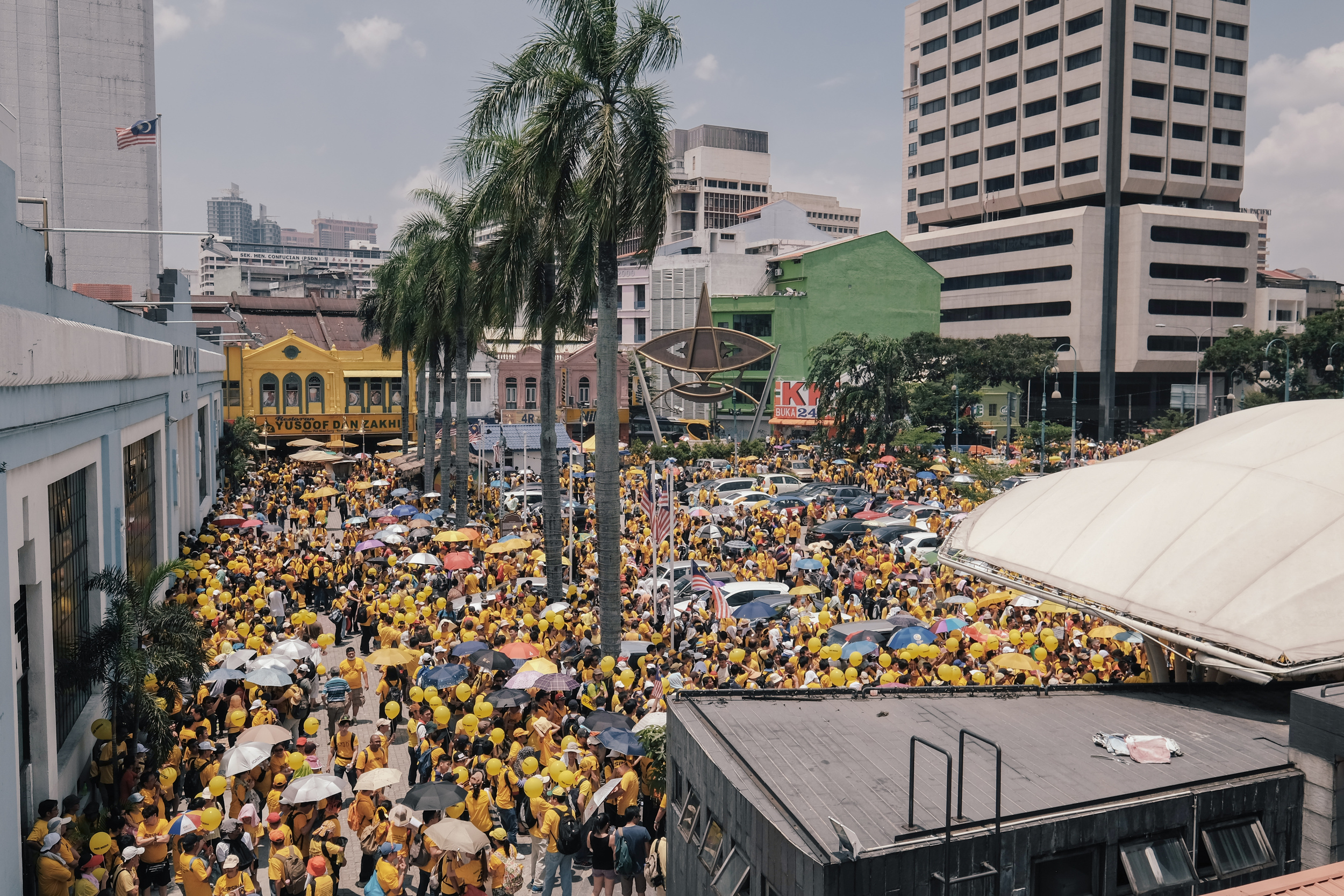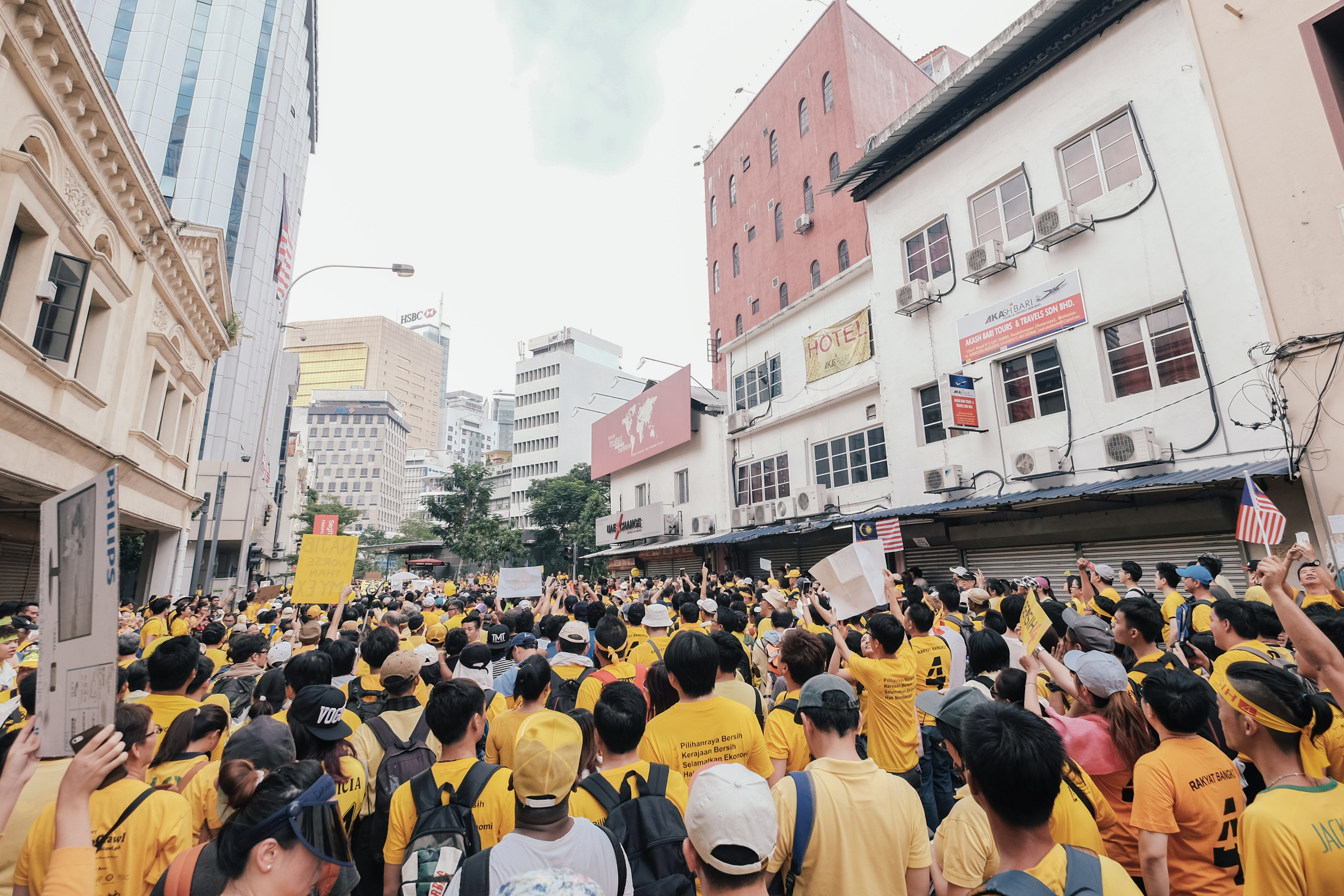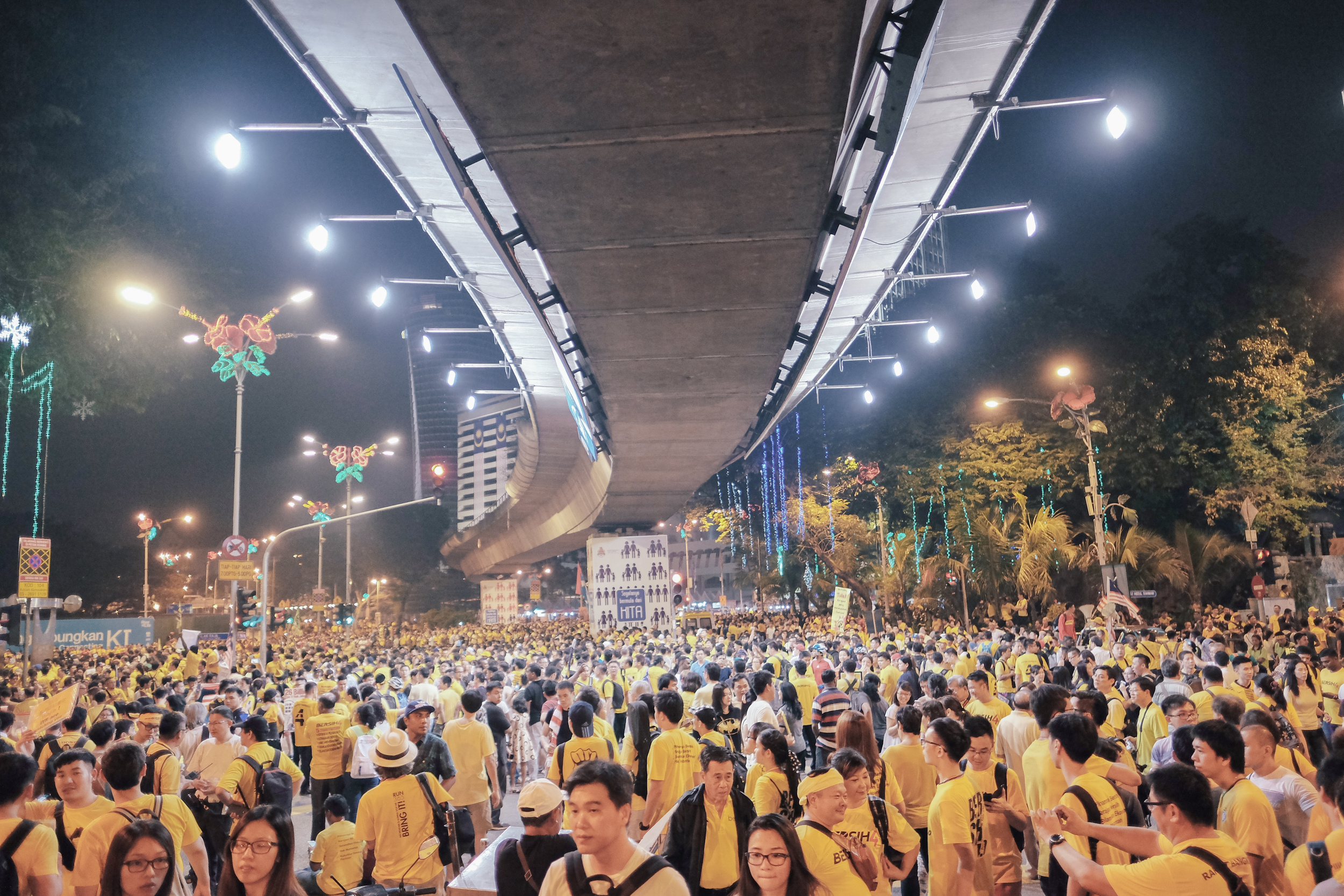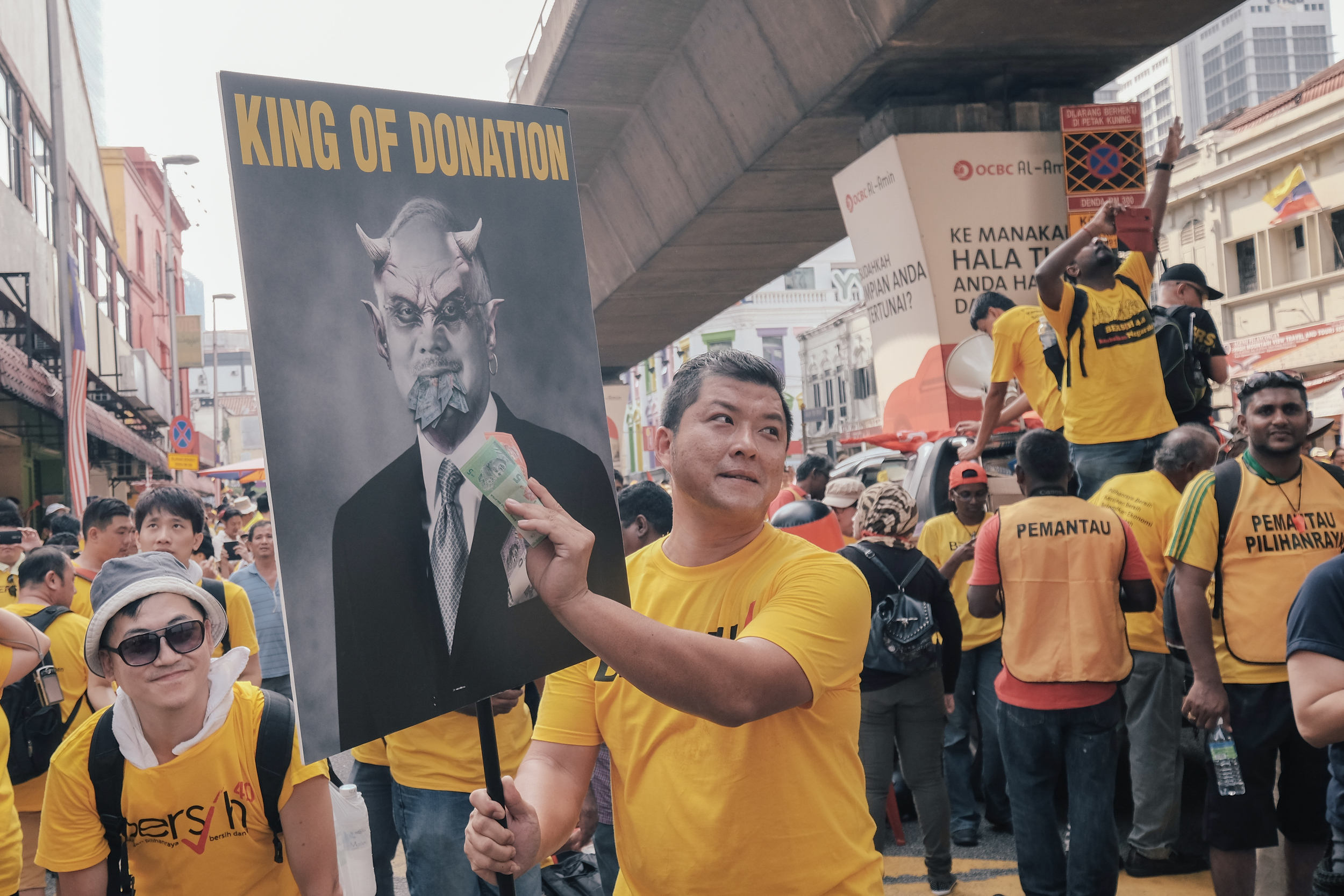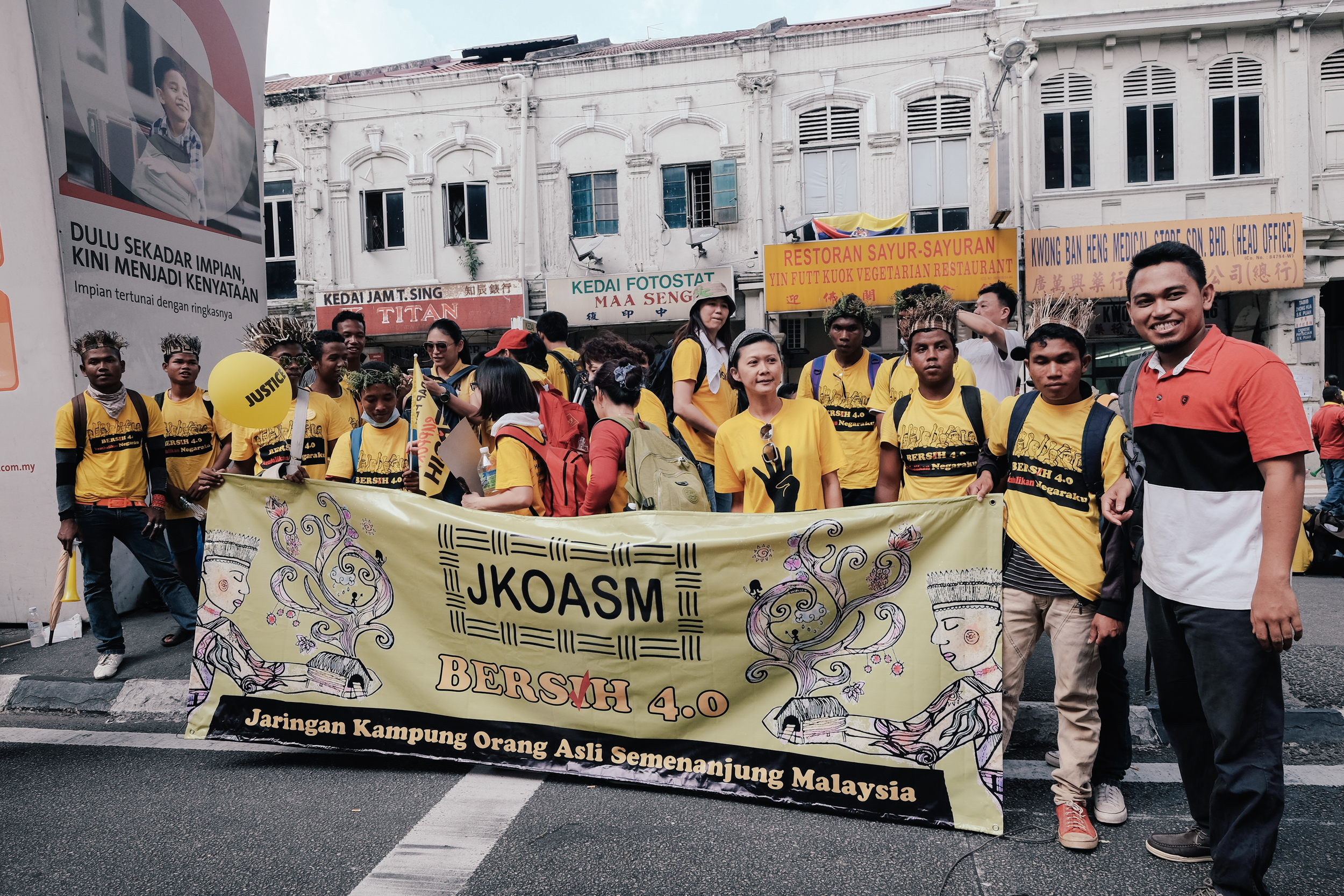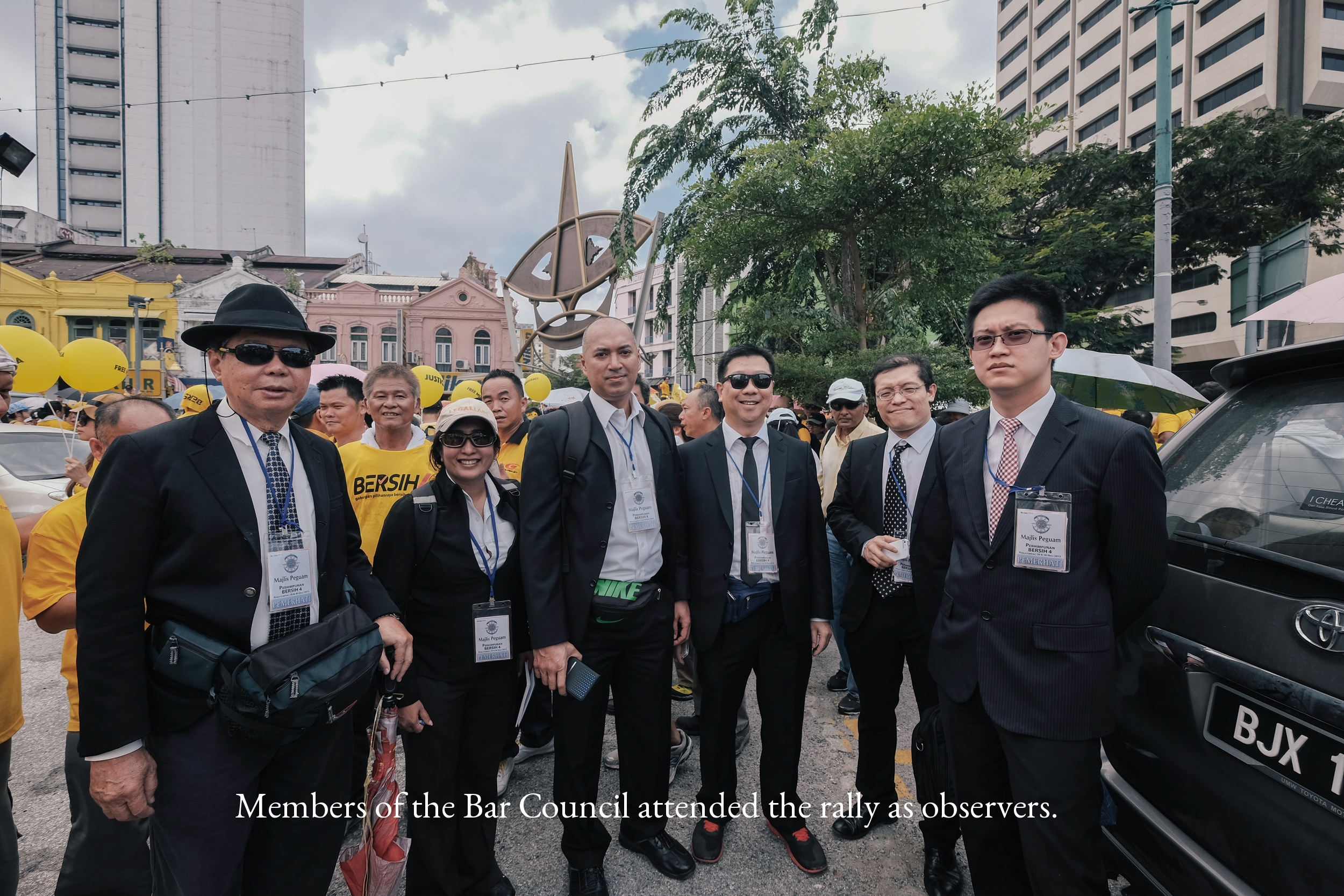Malaysia's Bersih 4
Cleaning House
3 September 2015
KL BOUND
We went to Kuala Lumpur not knowing what to expect. But, we had been given some tips on what to carry with us on the day – lots of water, sunblock, a juiced up phone bank to recharge our mobile phones, and salt/antacid in the event that authorities decided to spray the crowd with tear gas.
Tear gas and chemical-laced water canons were sprayed on Bersih rallyers in 2012, so the need for precaution was understandable. Singaporeans told us, “Stay indoors and watch the thing on TV, lah!” Except there isn’t much TV coverage of Bersih – certainly not in Malaysia – and Malaysians told us to just have our wits about us and all would be well.
And they were right.
BERSIH 2.0 (Coalition for Clean and Fair Elections)
Established in 2006, Bersih was an opposition-led movement that demanded electoral reform in Malaysia. Some time in 2011, leadership of the movement was transferred to civil society and the coalition was re-launched as BERSIH 2.0 to reflect that change. Even so, the demands of BERSIH continue to be these eight: Clean The Electoral Roll, Reform Postal Ballot, Use Of Indelible Ink (in all elections), Minimum 21 Days Campaign Period, Free And Fair Access To Media, Strengthen Public Institutions, Stop Corruption, and Stop Dirty Politics.
Recent happenings such as the 1MDB financial scandal and the introduction of a goods and services tax have left many more Malaysians dissatisfied with their government. People’s movements do, historically, entail violence, but that isn’t what the Malaysian people want. The primary purpose of Bersih 4, the fourth such rally since 2007, was to demand the resignation of Prime Minister Najib Razak.
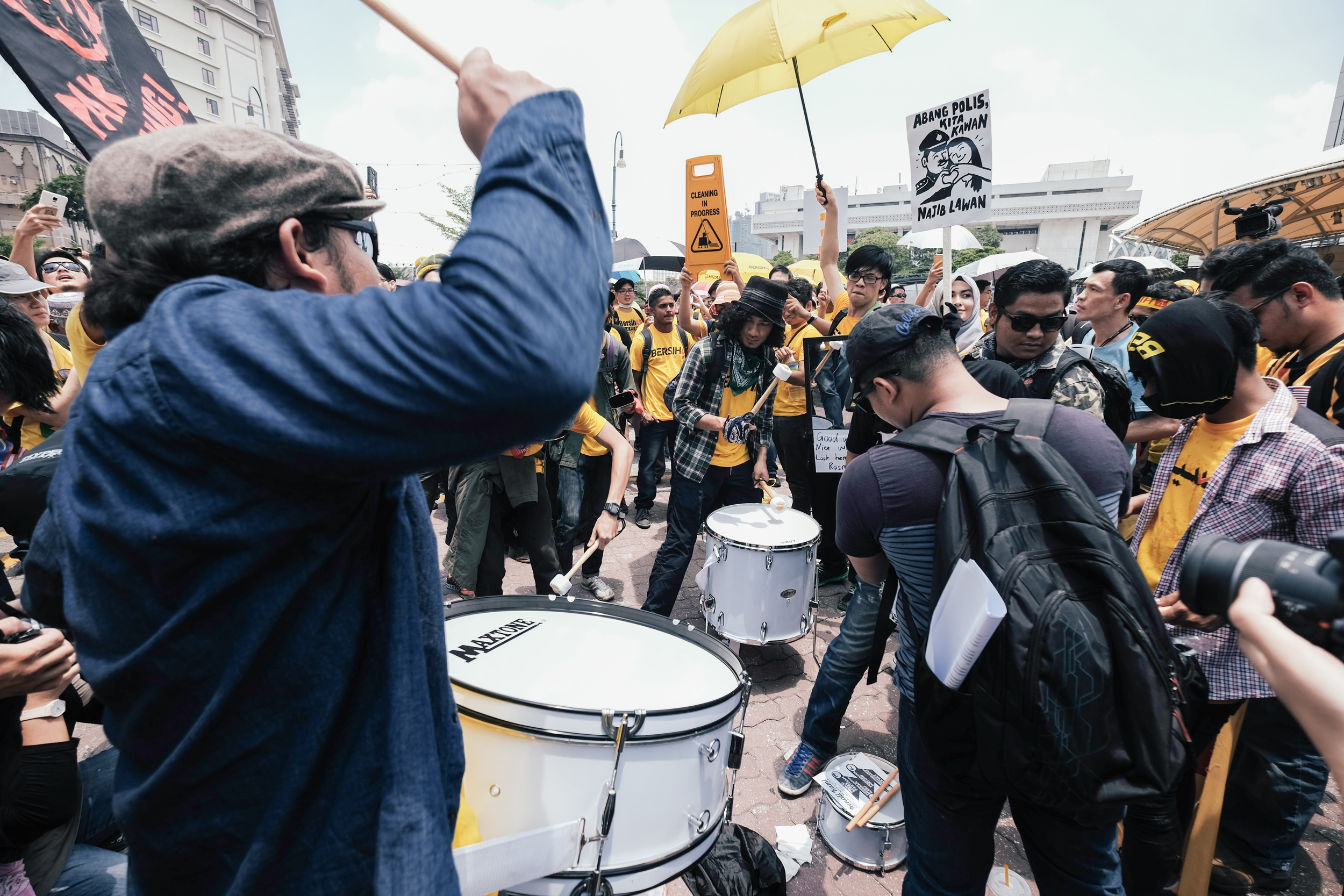
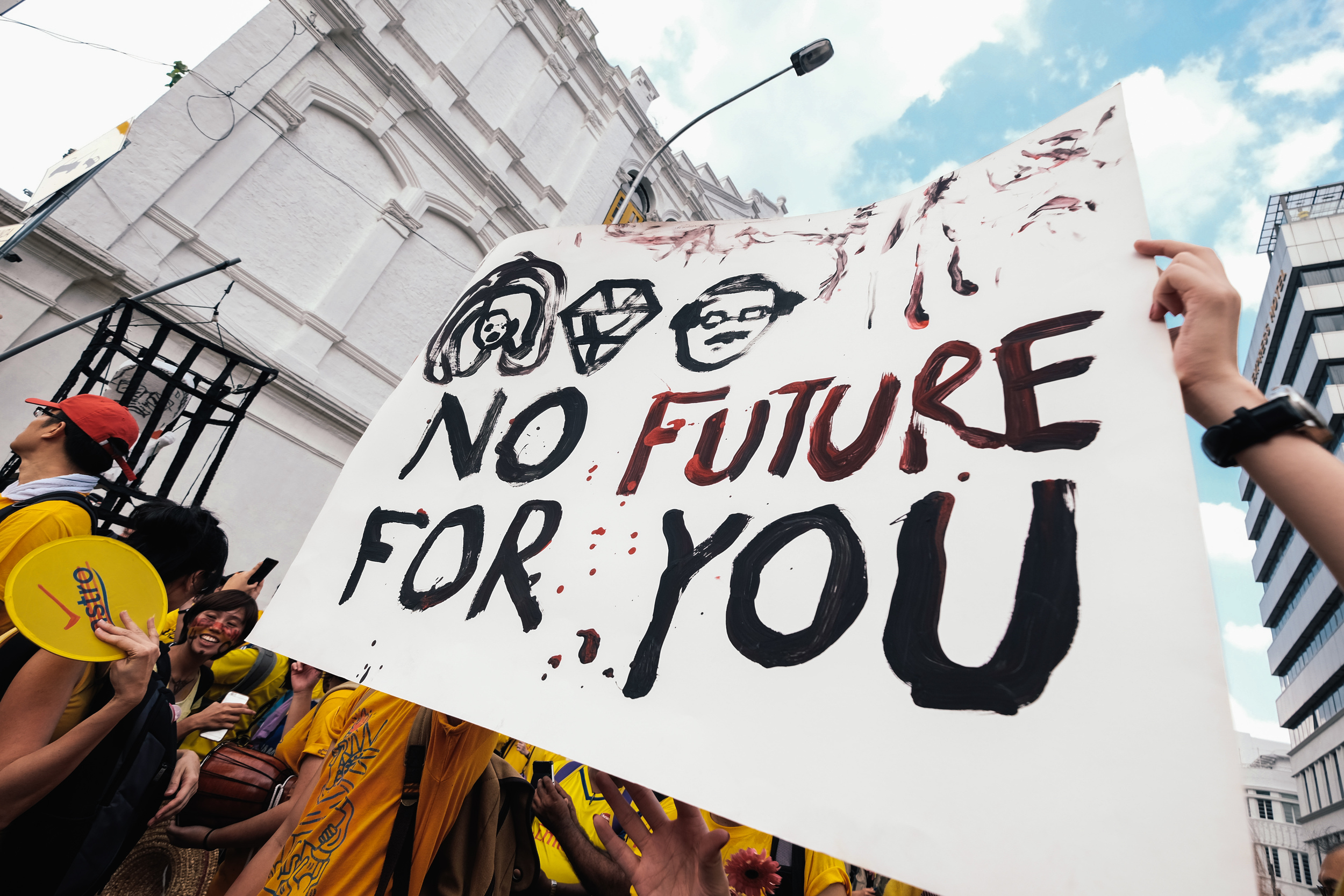
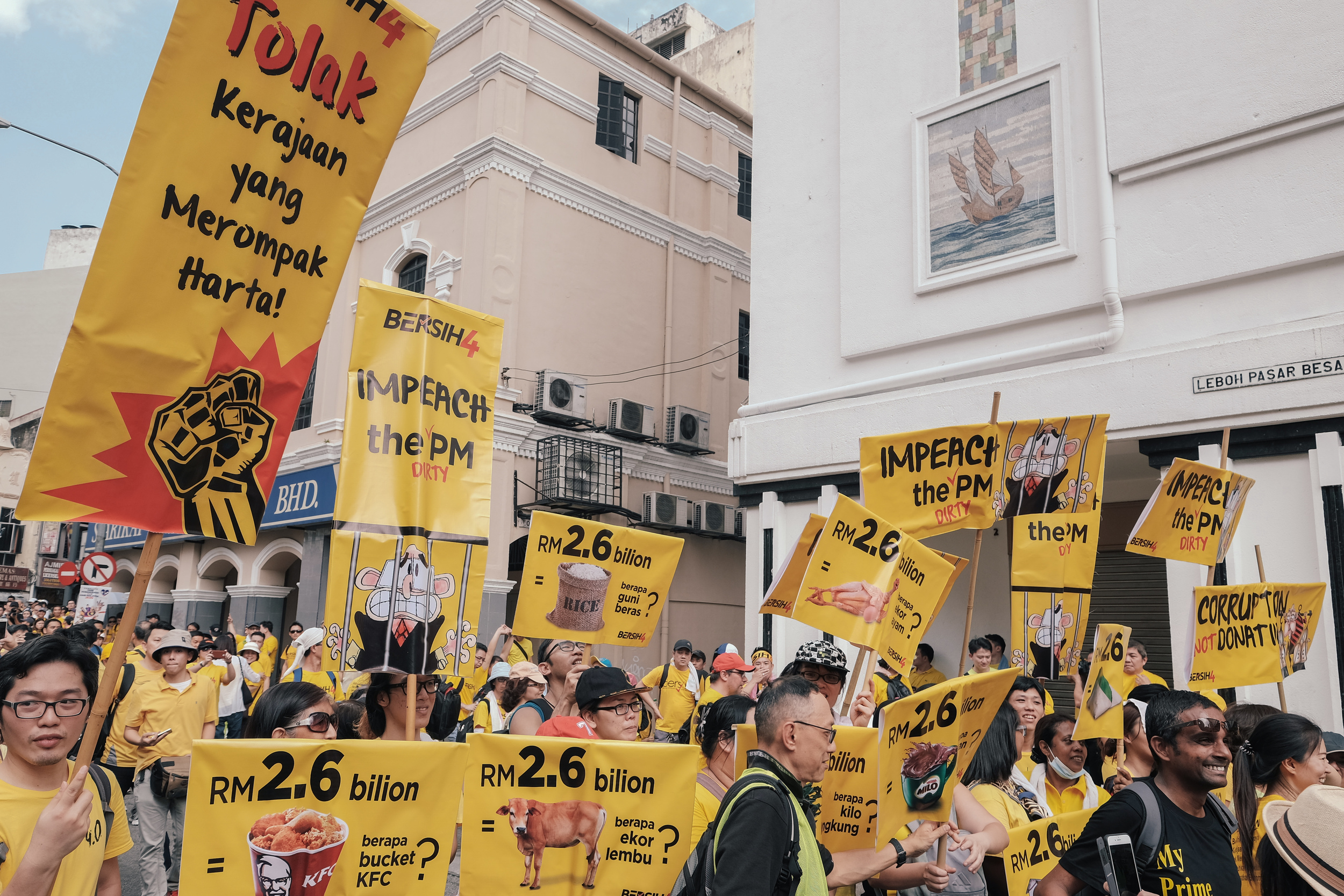
A COMMON CAUSE
We joined the rally and walked with our Malaysian friends on Day 1 (29 August). Speaking to people within the group as well as other rallyers, we realised that Bersih struck a chord with everyone; they wouldn’t brave the searing heat or put up with sore feet and dehydration otherwise.
The common cause was evident – in the strongly worded placards; the brisk sales of Bersih merchandise; the very palpable spirit of solidarity. People shouted “Bersih!” at regular intervals and Bersih’s legion of volunteers handed out water and food to anyone who needed it. There was also a distinct effort to not leave a mess as rallyers were encouraged to discard their trash responsibly at make-shift litter stations. We also saw some rallyers carrying their own rubbish bags along with them. After all, “bersih” does mean “clean”.
Even as a common cause motivated thousands upon thousands of Malaysians to throng the capital’s streets, not everyone felt exactly the same way about Bersih, whether in relation to its effectiveness, its ethos or its organisation. “I believe in direct action, people power and ground-up participatory democracy, and Bersih has the potential to be all those things. But, I’m unsure as to how Bersih calls itself a people’s movement when its action is essentially top-down. It’s very organised, with a schedule and programme of events and it’s easy to be swept up in the Bersih fever. I believe many people feel the same way – I’ve already spoken with a few who do – and that’s helped me to be here as who I am, a Malaysian citizen,” said Sharon, an artist from Petaling Jaya.
In a similar way, two gentlemen who looked to be in their early 60s told me that this was their third Bersih, but they weren’t convinced that it would effect any real change. One of them added, “I’m here to make the numbers.”

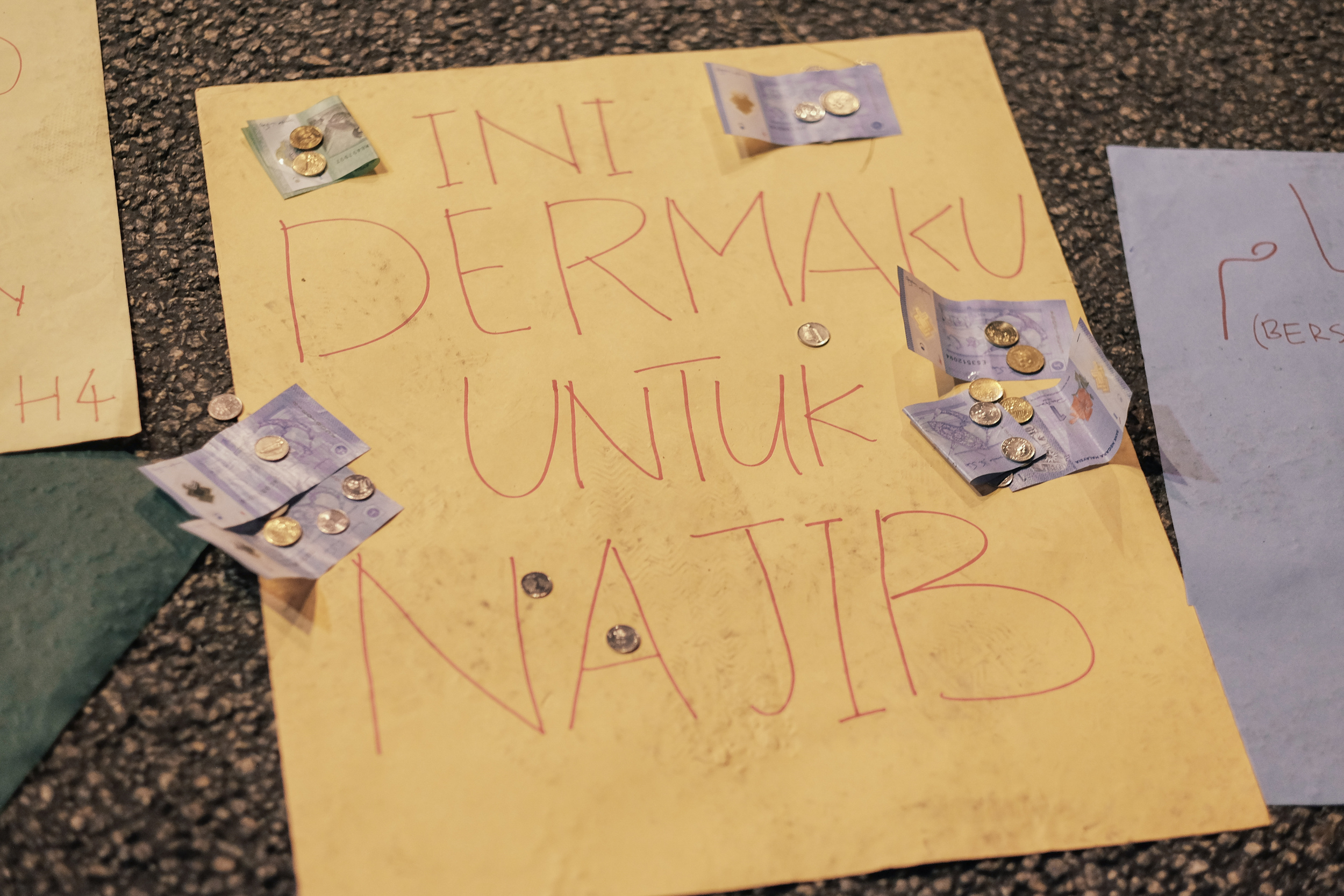
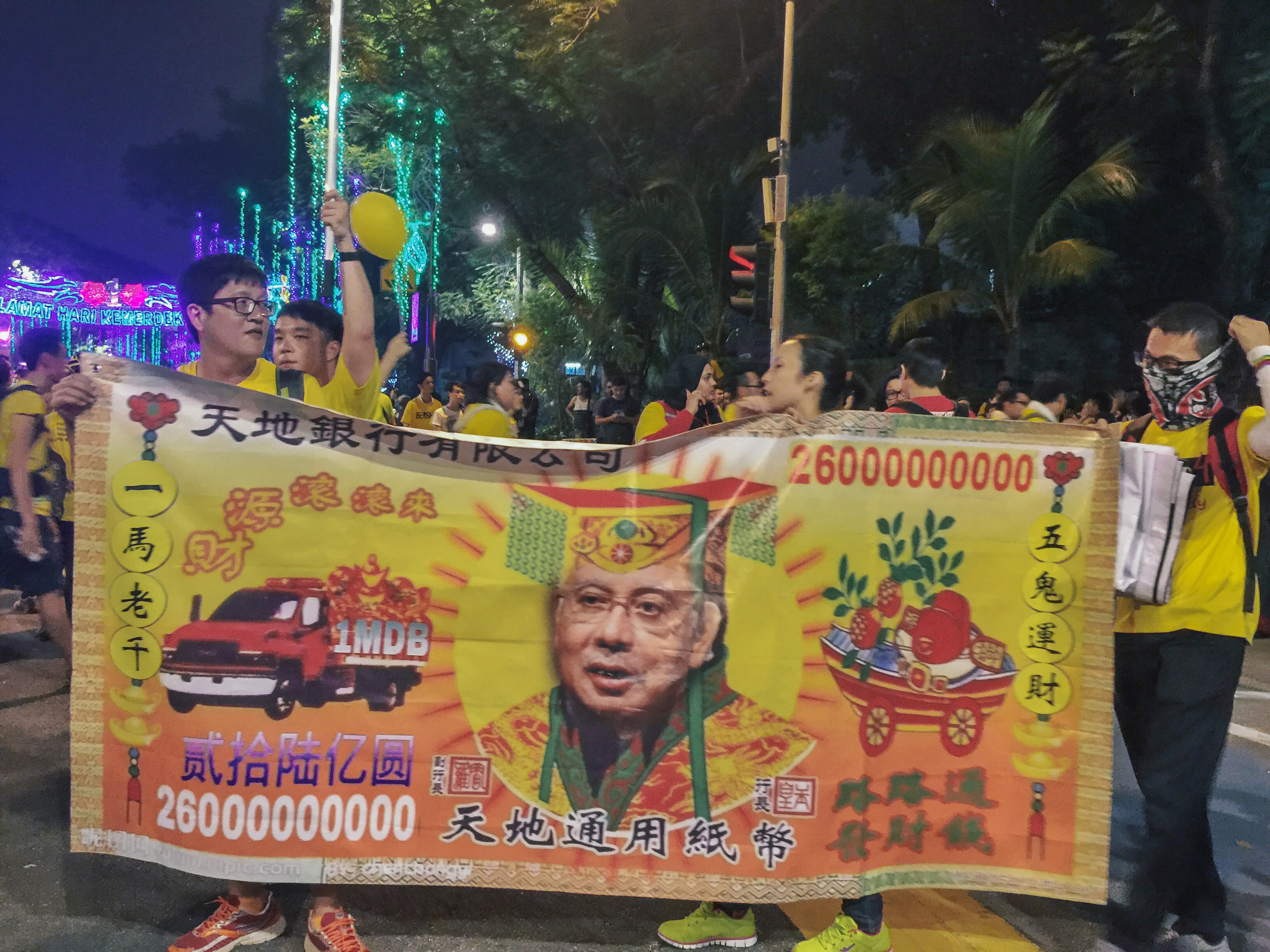
And add to the numbers they did. There is no denying that the turnout – and show of solidarity - was awesome, both visually and emotionally. The rally took on a carnival atmosphere with drinks and merchandise stalls popping up everywhere (true pop-ups that hipsters ought to research); people were even selling things from the back of their vans. There were also the (eventually annoying) honks of literally thousands of vuvuzelas bleating through the air, drowning out the speeches and announcements. Artistic performances provided entertainment and underscored the importance of the arts as a channel of expression.
But, at the end of the day, it would not be untoward to ask what changes, if any, are taking place where they should be.
Shaza, a senior researcher with Malaysian think-thank IDEAS (Institute for Democracy and Economic Affairs), said, “I think it’s about us retaking our rights. Because he (Najib) has taken them away…Everyone might be here for their own reasons, but I’m sure that we’re all here because we want Malaysia to be a better place.”
Although we might not have been able to share in their common cause, we certainly felt a strong enough connection with our Malaysian friends to be there. Another Singaporean we bumped into echoed our sentiments and said that he was there “to support our Malaysian brothers.” The majority of rallyers to whom we introduced ourselves were warm and welcoming, many saying to us, “Welcome!” and “Thanks for making the trip to join us.” Only one man made a remark – we believe only half in jest – that left me feeling rather uncomfortable for the rest of the day. He said, “Oh, Singaporeans! Here to interfere with our politics.”
